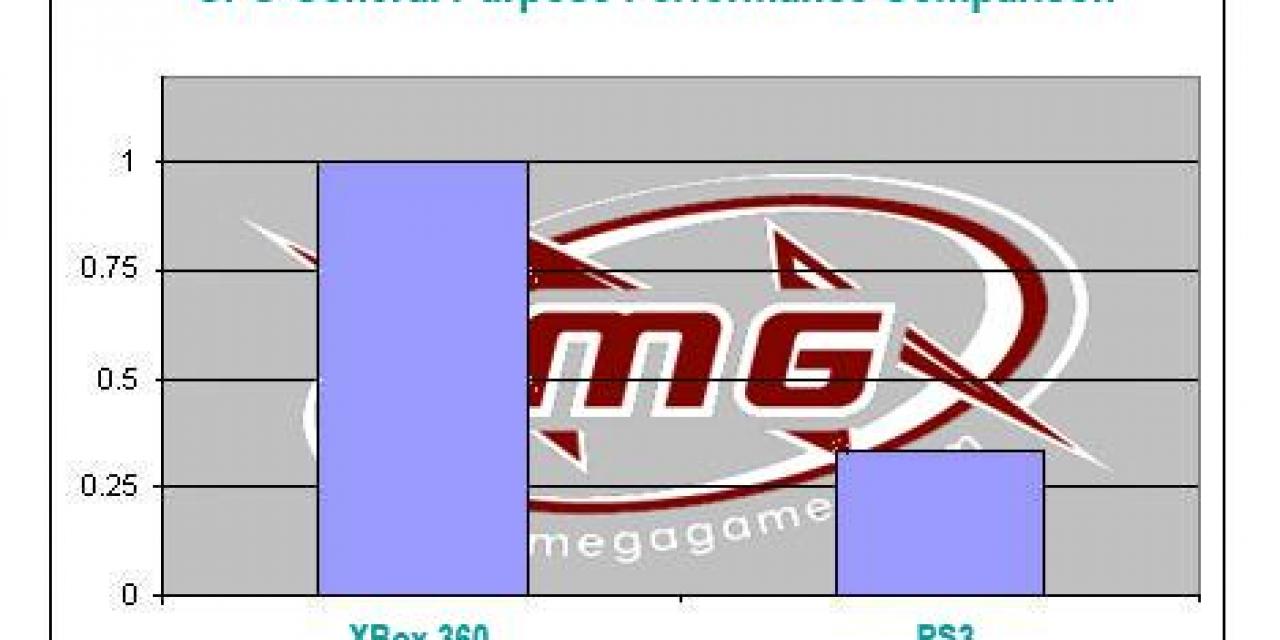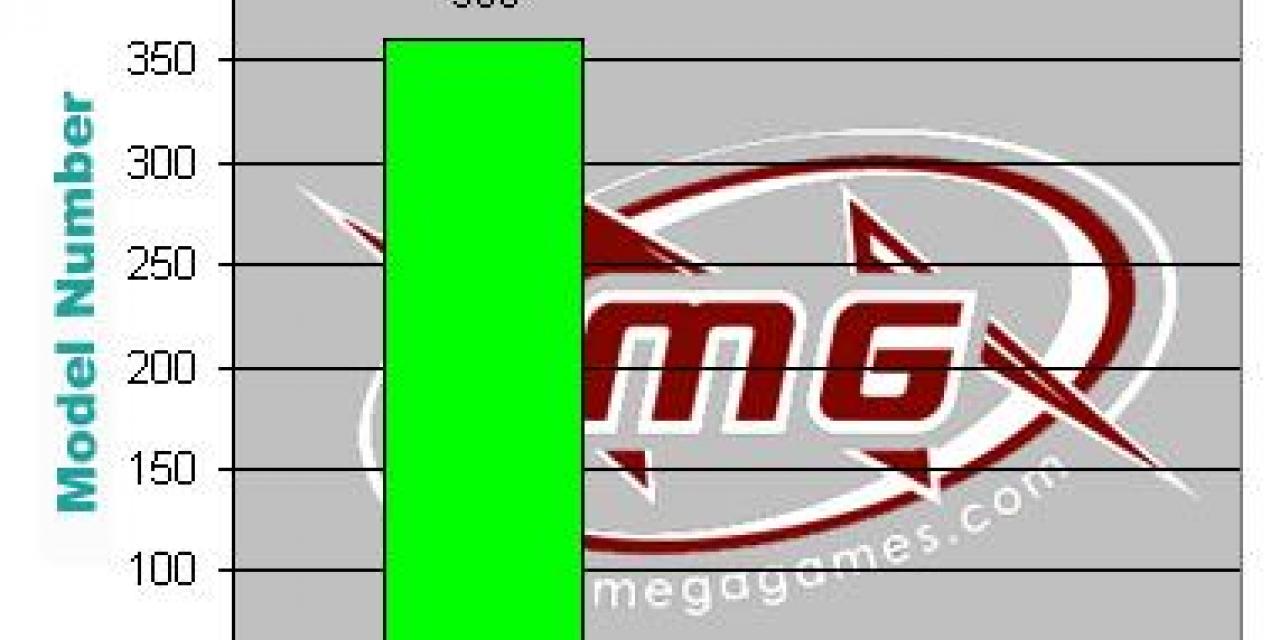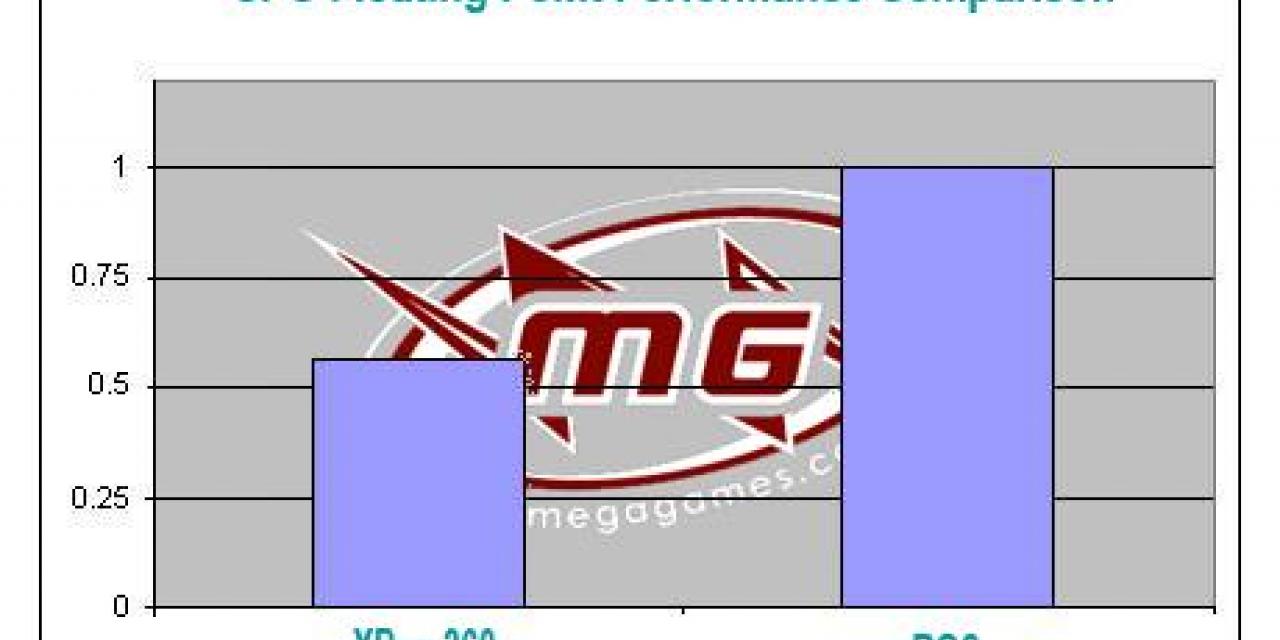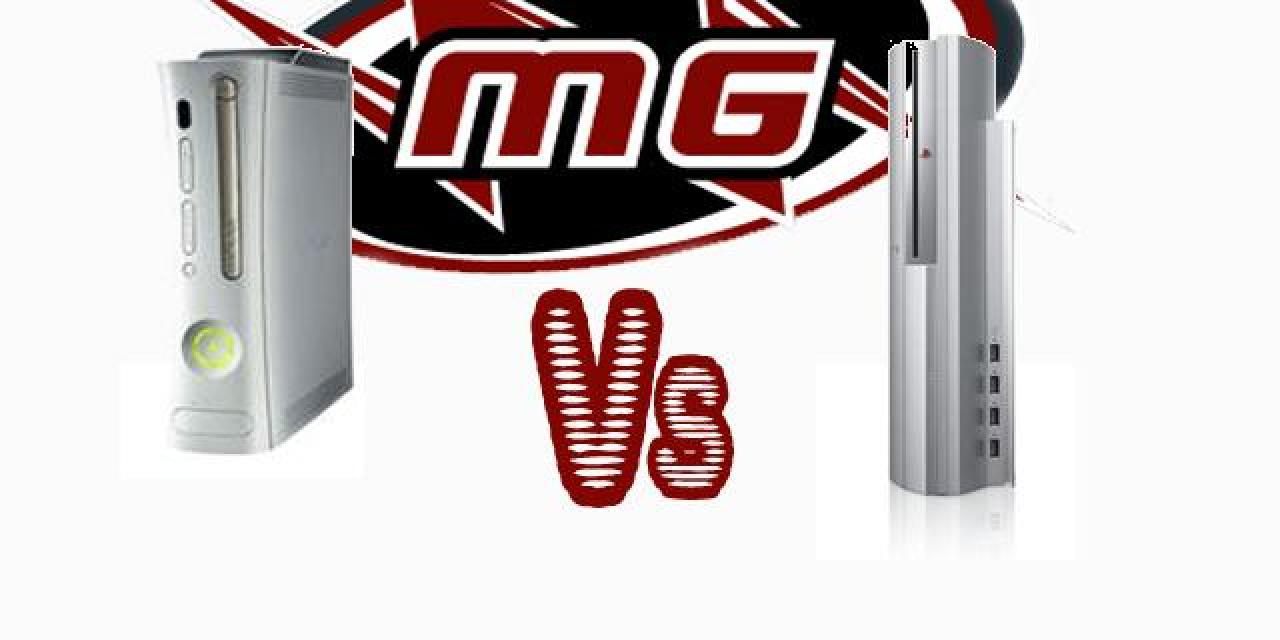






Microsoft releases the first official XBox 360 Vs Playstation 3 data in a move which will no doubt raise a few eyebrows; especially since Microsoft has a little E3 XBox 360 secret to keep quiet.
Just as E3 was winding down, the unrelenting Microsoft press team unleashed a set of comparative benchmark results on a world still stunned by the promises made during E3 2005. It is not yet clear how Microsoft produced these results since Sony was very careful not to reveal precise hardware information on its PS3; it is assumed however, that the company read-up on the Cell processor and combined that information with all available PS3 data coming up with a speculative comparison of the two consoles.
The move by Microsoft is a sign that the company became alarmed by the way the PS3 press event was received and by the ensuing chatter that echoed around E3s busy corridors. The move also indicates that MS has decided to follow the process adopted by PC hardware companies (AMD Vs Intel and nVidia Vs ATI), of throwing benchmarks at the media in order to demonstrate performance supremacy.
If Microsoft has become alarmed by the Sony presentation of its PS3 console the company should consider that in its eagerness to showcase its console first, it may have let itself down. Any gamer visiting E3 would have immediately noted that all the XBox 360 playable demos available in various publisher booths were of lower than expected visual quality. Although, at first glance, it would seem that the new XBox console was running those games, a more thorough look revealed that the console was there for decorative purposes while Apple Power Mac G5 systems were actually running the demos.
It would seem strange therefore that Microsoft decided to release these benchmarks rather than address the questions raised by the absence of fully functional XBox 360 consoles from E3. ATI did have a, partly, functional 360 console in its booth, running the infamous Ruby demo but there is no evidence to suggest that a console was spotted running a game demo during E3.
It does seem a bit early to be releasing comparative data on two, not-yet-released, consoles but Microsoft thought it would be vital information for all gaming enthusiasts and it creates a neat subject of discussion following the Sony and Microsoft E3 show and tell. We will present the data provided by Microsoft as is but we will add another category which MegaGames thinks may play an important part in predicting the winner of the Next-Generation Console Wars.
The Three Performance Deciders
Microsoft bases the comparative results presented below on the, very logical, assumption that the three major performance deciding factors are:
Central Processing Unit (CPU) performance
The Xbox 360 CPU architecture has three times the general purpose processing power of the Cell.
Cell's claimed advantage is on streaming floating point work which is done on its seven DSP processors.
Graphics Processing Unit (GPU) performance
The Xbox 360 GPU design is more flexible and it has more processing power than the PS3 GPU. Additional innovative features contribute to improved rendering performance.
Memory System Bandwidth
The memory system bandwidth in Xbox 360 exceeds the PS3's by five times.
The MegaGames Factor
The model number which manufacturers choose to assign to their console serves as an immediate reflection of their confidence regarding the new hardware. Considering the vast amount of resources spent on deciding the XBox successor model number we can only assume that this is the case with 'XBox 360'. Why was 'XBox 2' not enough to describe the new console? Simply because the new XBox is too much hardware for such a meager number. The chart clearly reveals that Microsoft's console is '120' times more powerful in the model number specs.








